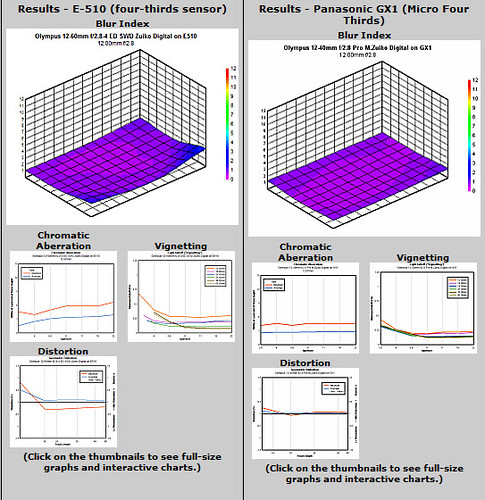 |
| Maj. William Stryker (Josh Helman) and Dr. Bolivar Trask (Peter Dinklage) working together to create a fiendishly complicated movie plot. |
Concept: 3 out of 5
Execution: 3 out of 5
Yeah, but: Like its actors, the franchise is showing its age.
The Long Version:
I know I said I was about movied out after viewing Godzilla 2014 last weekend. The key word here is "about." This weekend I hit the early morning $6 matinee to see the latest X-Install of X-Men, "X-Men: Days of Future Past."
It was a better film than Godzilla 2014, but that's not a very high bar at all for success. What you should compare it to are all the other X-Men movies that have been produced in the series so far:
- X-Men - 2000
- X2 - X-Men United - 2003
- X-Men: The Last Stand - 2006
- X-Men Origins: Wolverine - 2009
- X-Men: First Class - 2011
- The Wolverine - 2013
- X-Men: Days of Future Past - 2014
I have few regrets in life, but one of them is knowing I've seen all the movies I've just catalogued.
"X-Men: Days of Future Past" is an attempt to correct the so-called damage caused to the franchise by "X-Men: The Last Stand," in which we see Jean Grey, Scott Summers/Cyclops, and Professor Xavier all killed. The franchise had really gone off the rails at that point, not that I really cared, mind you. This is, after all, a movie franchise based on comic books. It ain't Shakespeare.
 |
| Wolverine (Hugh Jackman) wondering how much he can drink before he blissfully forgets all of this. |
The movie opens on a dark and stormy dystopian future. Using the NSA's three hops of mass surveillance rule, just about everyone in the U.S. who's a mutant or not and hasn't been killed by a lawful drone strike is rounded up into the year 2023's version of GitMo in New York's Central Park. Next we cut to a frantic battle in Moscow between B-list mutants we've mostly never seen before, mixed with some we have. We get a quick and violent demonstration of what future Sentinels are capable of, those robotic overlords who contain weaponized mutant DNA allowing them to "adapt to any mutant threat."
However (there's always a however), using one of the Good Mutant's ability to warn them in the immediate past (a few days before) when they're getting their asses handed to them by these super Sentinels, we see the rag-tag Good Mutant remnants avoid destruction in Moscow and arrive next up at a mountainside monastery in China. There, along with a really old Professor Xavier (Patrick Stewart) and Magneto (Ian "Gandalf" McKellan) they conceive of an audacious and barely coherent plot to send the 2023 consciousness of Wolverine back to his 1973 physical self so that his 1973 self can somehow stop the key event that led to their current dire predicament; the killing of Tyrion Lannister in 1973 by Mystique.
The same Tyrion Lannister who would never live to write Game of Thrones, leaving Dr. Bolivar Trask so bored that instead of reading all those Game of Thrones books he would instead create the very first Sentinel. And the rest, as they say, became history.
 |
| Mystique's (Jennifer Lawrence) reaction to the dialog she's not been paid enough to deliver for this film. |
Since time is of the essence, Wolverine drives up to the dilapidated door of a young Professor Charles Xavier (played by Mr. Tumnus, a.k.a. James McAvoy), where he proceeds to punch out a young Beast (Nicholas Hoult) and magically convince a slobbering, self-pitying Xavier that he's there to rescue him and thus rescue all of them from a fate worse than death 50 years in the future. More or less.
They eventually break Magneto out, but not before Professor X knocks Magneto on his ass for stealing the Professor's girl, Mystique. You just knew this complication was coming.
 |
| Magneto (Michael Fassbender) and Mystique sharing a quiet romantic moment together after Mystique grabbed him by his 70-styled lapels and threw him into a French phone booth with her. |
 |
| Magneto getting to the bottom of Watergate. |
 |
| Mystique getting her revenge by drawing a bead on the writers and the director. |
Oh, yeah, I forgot this spoiler. Magneto drop-kicks Wolverine's ass into the Potomac. From the White House lawn. Trust me, Wolverine asked for that particular ass kicking.
In fact, the world becomes so bright in 2023 Wolverine nearly has to wear Cyclop-strength shades. He wakes up one last time in the movie, except this time he's alone (bummer) and in a regular bed. He stumbles out into the Charles Xavier School for the Gifted, where he finds a no-longer-dead Cyclops, a no-longer-dead Jean Grey, and everybody's busted relationships are all fixed again. Except for his relationship with Jean because Cyclops is alive again and Cyclops and Jean are an Item again, but hey, it's better than dying.
And in the last-last-last scene, after all the end credits, is a guy in some desert wearing an oversized IKEA bathrobe with skinny wrists and a skin complexion problem, with his hands up in the air, as special effects bricks fly in around him and magically create a pyramid in front of a cheering screen audience. Sort of like an Apple product release when Steve Jobs was alive. And in the magical bokeh background, there sit four indistinct dudes on their horses.
The End.
Update 26 June 2014
Box-Office Milestone: 'X-Men' Franchise Hits $3 Billion in Global Ticket Sales http://www.hollywoodreporter.com/news/box-office-milestone-x-men-715153
last updated 26 june 2014












